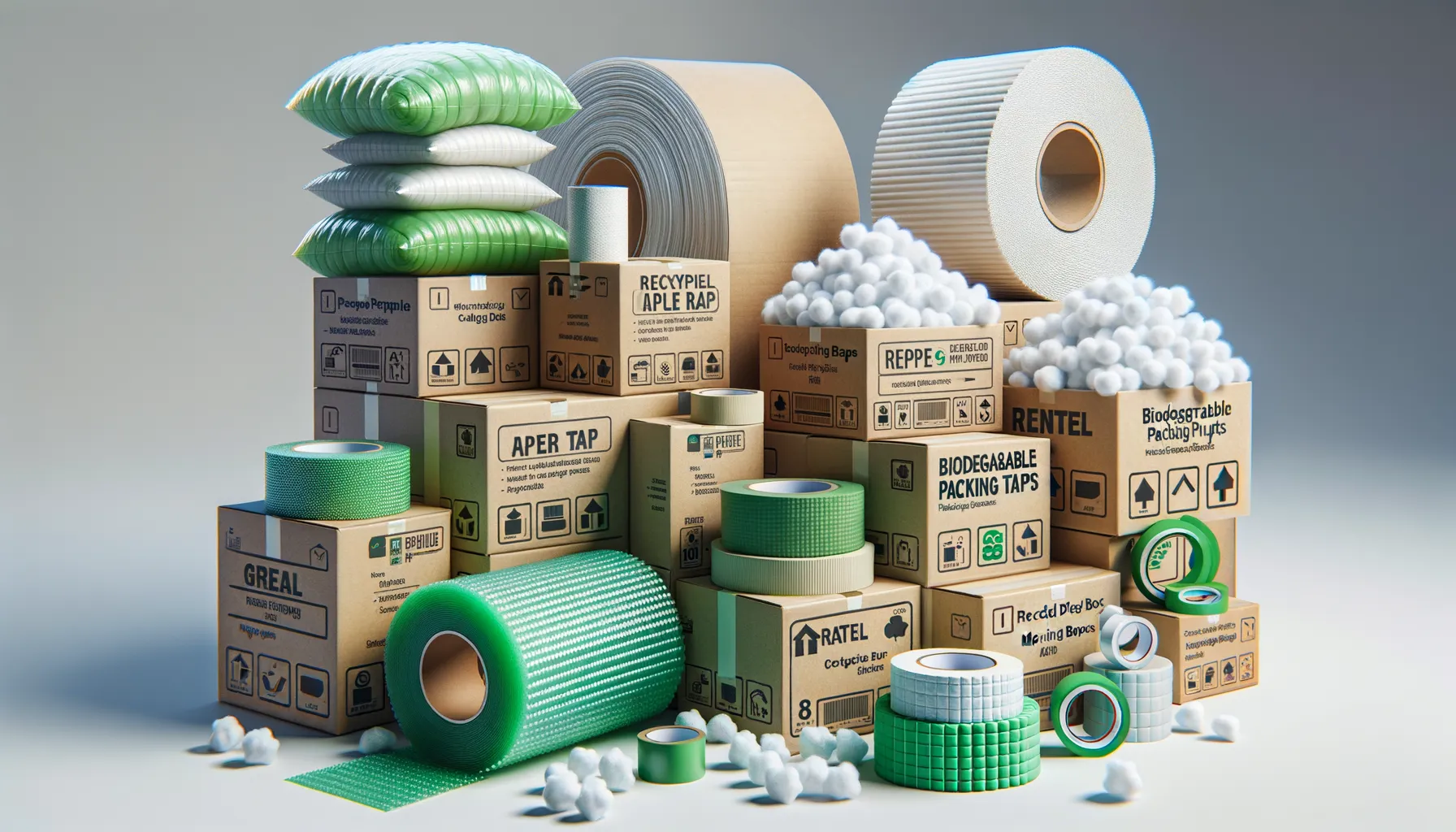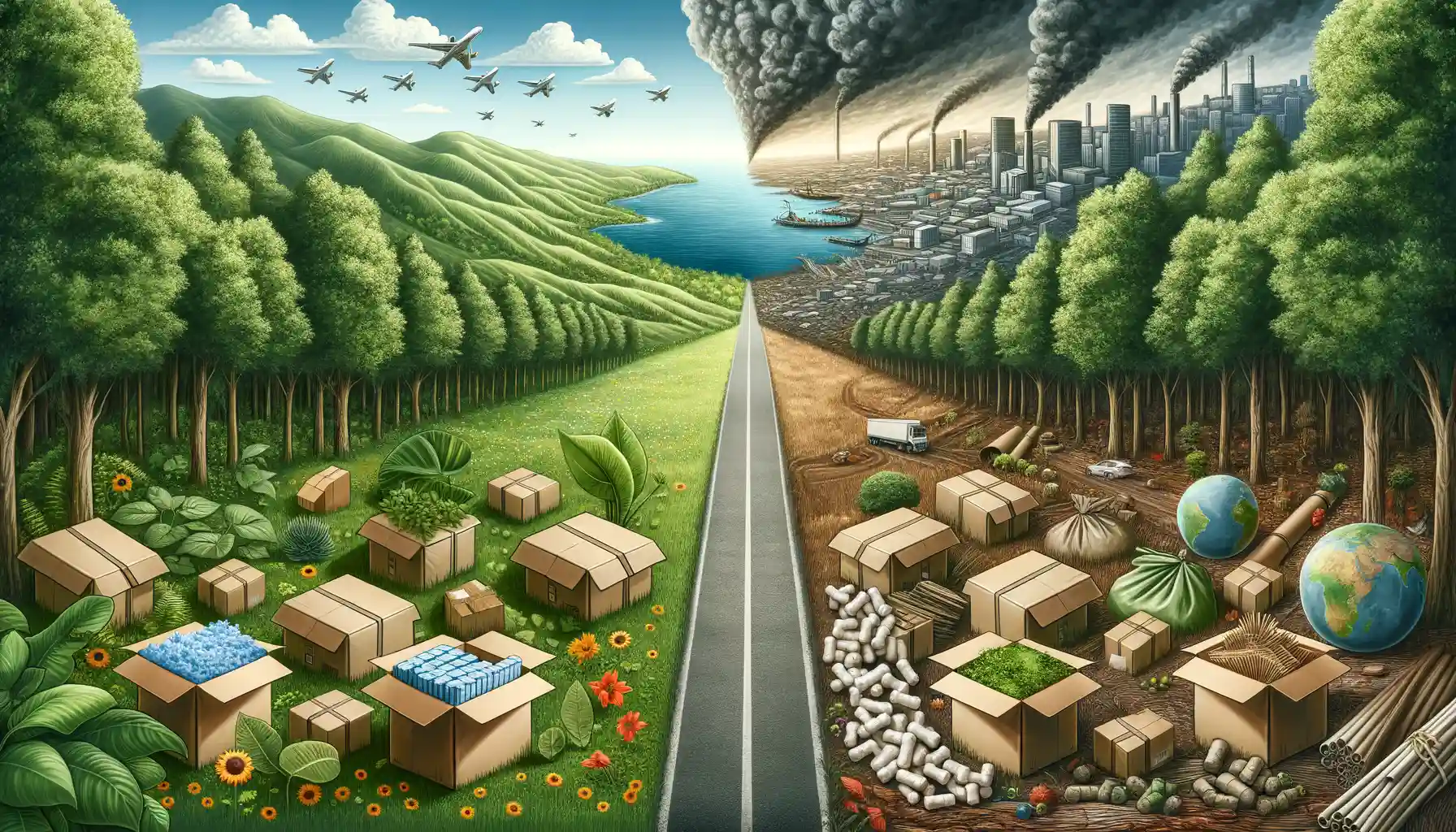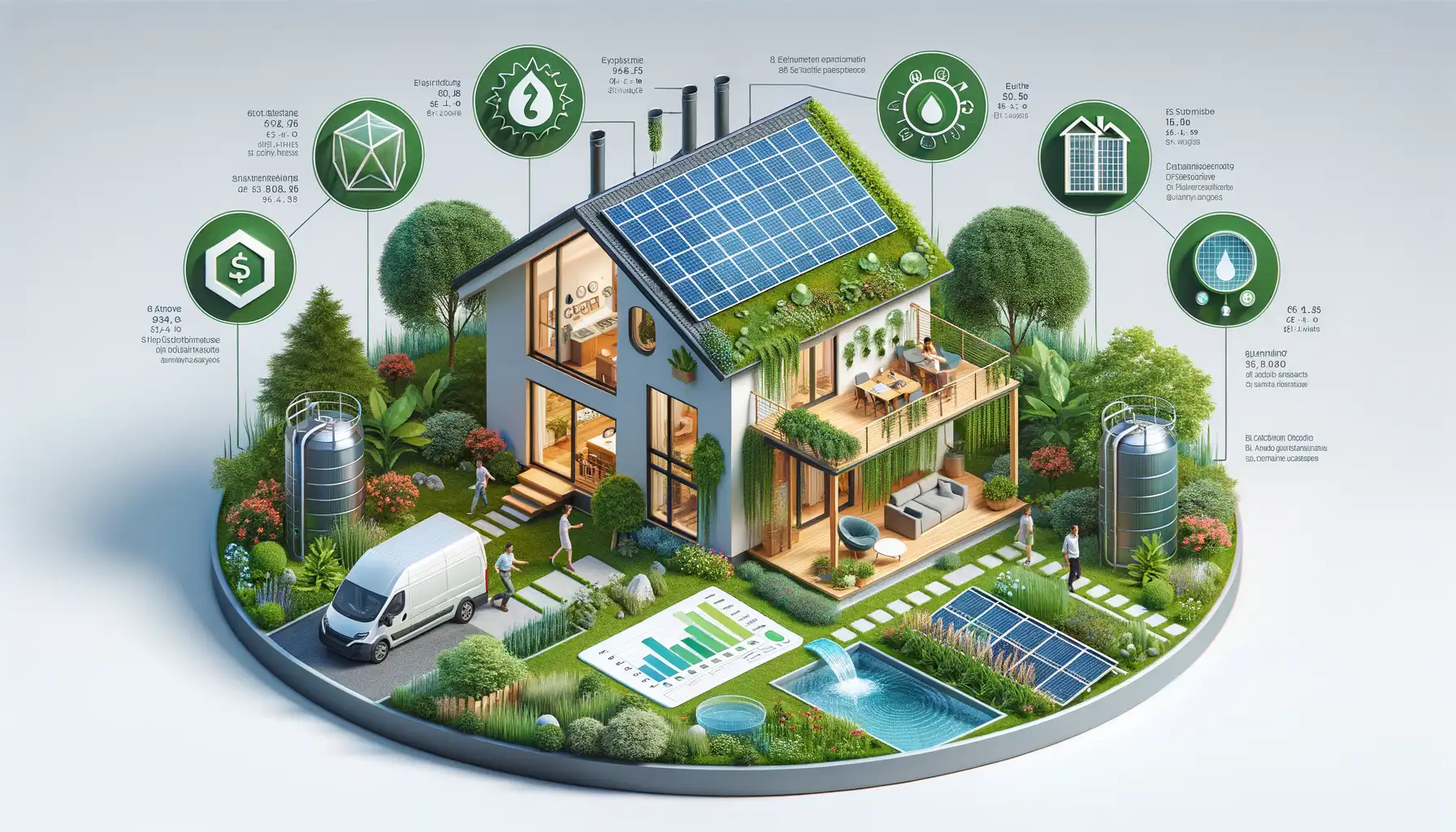Why Choose Eco-Friendly Moving Supplies
Make a Meaningful Move with Sustainable Supplies
Making the decision to go green with your move isn’t just about saving the planet—it’s about creating a ripple effect of positivity. Imagine unpacking on your first night in a new home and knowing you’ve left behind less waste. Feels good, doesn’t it? Choosing eco-friendly moving supplies is a small act with a big impact, one that can turn a stressful move into a purposeful one.
And here’s the thing: sustainable packing materials are just as sturdy as traditional options. Those recyclable boxes? They’ll protect your grandmother’s china just as well as standard ones. That biodegradable packing paper? It cradles your electronics like a pro.
- Your move stays organized AND guilt-free.
- You support a cleaner planet for future generations.
- You’re saying no to adding more unnecessary plastic to landfills.
Your Values, Reflected in Every Box
Beyond the practical benefits, this is about aligning your actions with what matters to you. The stuff you’re packing isn’t just “stuff.” It’s memories, dreams, and pieces of your life. By choosing sustainable supplies, your values travel with you—whether it’s across town or across the country.
Types of Eco-Friendly Moving Supplies

Embrace the Future of Packing with Eco-Friendly Alternatives
When it comes to moving, traditional packing materials can feel like a necessary evil—but not anymore! Today, there’s a treasure trove of sustainable moving supplies that are kind to the planet *and* surprisingly practical. Let’s explore some game-changing options:
- Reusable Packing Boxes: Forget flimsy cardboard boxes destined for the trash. Sturdy plastic totes made from recycled materials are stackable, durable, and endlessly reusable.
- Biodegradable Packing Peanuts: Unlike their Styrofoam counterparts, these dissolve in water and don’t leave harmful residues behind. It’s like magic for your conscience!
- Recycled Paper and Cardboard: Old newspapers and shredded scrap paper make excellent cushioning for fragile items. Bonus: Look for post-consumer recycled options to double down on sustainability.
Rethink “Trash” with Clever Upcycling Ideas
Why buy when you likely have everything you need at home? Old towels, tattered t-shirts, and even mismatched socks can transform into surprisingly effective wrapping material. And let’s not forget trusty suitcases—why pack them empty when they’re perfect for protecting clothes or electronics?
Did you know that even your bubble wrap addiction can be soothed with eco-friendly versions made from biodegradable materials? So, pack up guilt-free, knowing you’re leaving a smaller footprint while chasing bigger dreams.
Environmental Benefits of Using Sustainable Packing Materials

Reduce Waste, Revive the Planet
Switching to sustainable packing materials is like giving the Earth a much-needed breather. Think about your average move: piles of tape, endless cardboard boxes, mountains of bubble wrap. Where does it all end up? Too often in landfills, creating pollution that lingers for generations. By choosing eco-friendly alternatives, you’re not just moving to a new home—you’re helping the planet heal.
Did you know that alternatives like biodegradable packing peanuts dissolve in water and leave no trace behind? Or that recycled cardboard boxes require far less energy to produce than their conventional counterparts? Each of these choices chips away at the waste problem and reduces our collective carbon footprint.
- Fewer carbon emissions: Sustainable materials are often made locally, cutting down on the pollution from transport.
- Renewable resources: Materials like bamboo or mushroom-based packaging grow rapidly and break down effortlessly.
A Chain Reaction of Kindness
It doesn’t stop with you. Choosing sustainable materials sends ripples through supply chains, encouraging businesses to adopt greener practices. You’re voting with your dollars for a cleaner, healthier future—and that’s a superpower we all have. Imagine unpacking in your new place, knowing you left behind zero guilt and a positive impact. Doesn’t that feel just right?
Cost Savings and Practicality of Eco-Friendly Options

Save Money Without Sacrificing Quality
Imagine this: you’re prepping for a big move, and the costs are piling up faster than the boxes in your living room. But what if I told you that choosing eco-friendly moving supplies could actually leave more cash in your wallet? Yep, it’s true. Reusable options like sturdy plastic bins or recycled cardboard boxes don’t just help the planet—they save you from rebuying flimsy, single-use materials. A one-time investment in these sustainable superstars can cut down on long-term expenses.
And let’s not forget the hidden gems of eco-living: everyday items you already own. Think towels as padding, totes as carrying containers, and even newspaper as wrapping material. These double-duty heroes shine brighter than bubble wrap and cost you… exactly nothing.
Practicality Meets Peace of Mind
Switching to sustainable supplies doesn’t mean sacrificing ease or efficiency—it’s quite the opposite. With options like compostable packing peanuts, there’s no cleanup headache afterward. Plus, many greener choices are surprisingly durable, meaning fewer mid-move disasters (goodbye, shattered dishes!).
Here’s why movers swear by them:
- Stackable plastic bins: Tougher than cardboard and rainproof (because moving day always attracts bad weather!).
- Biodegradable packing tape: Secure your stuff without leaving behind a sticky environmental footprint.
It’s all about doing good while making your life easier—what’s not to love?
Tips for Transitioning to Eco-Friendly Moving Supplies

Start with What You Already Have
Switching to eco-friendly moving supplies doesn’t mean throwing everything out and starting from scratch. Take a moment to assess what’s already in your home. Do you have old newspapers, reusable totes, or sturdy shoeboxes? These can step up as DIY packing heroes. I once used mismatched pillowcases to wrap fragile items—zero waste, zero guilt, and even a little fun!
If you’re buying new supplies, go for materials that can live a second life. Choose packing paper that doubles as compost fodder or cornstarch-based packing peanuts that dissolve in water. Your future self—and the planet—will thank you for it.
Pro-Tips to Simplify the Transition
Making the switch can feel like uncharted territory, but breaking it into small steps makes it manageable:
- Research local stores or online shops that sell sustainable packing materials.
- Borrow or rent reusable items like plastic bins instead of buying cardboard boxes.
- Ask friends or neighbors for leftover boxes—they might surprise you with an unused stash!
Remember, choosing eco-friendly doesn’t have to be perfect. Even one small change—like opting for biodegradable tape over plastic—creates ripples in this big blue world.
